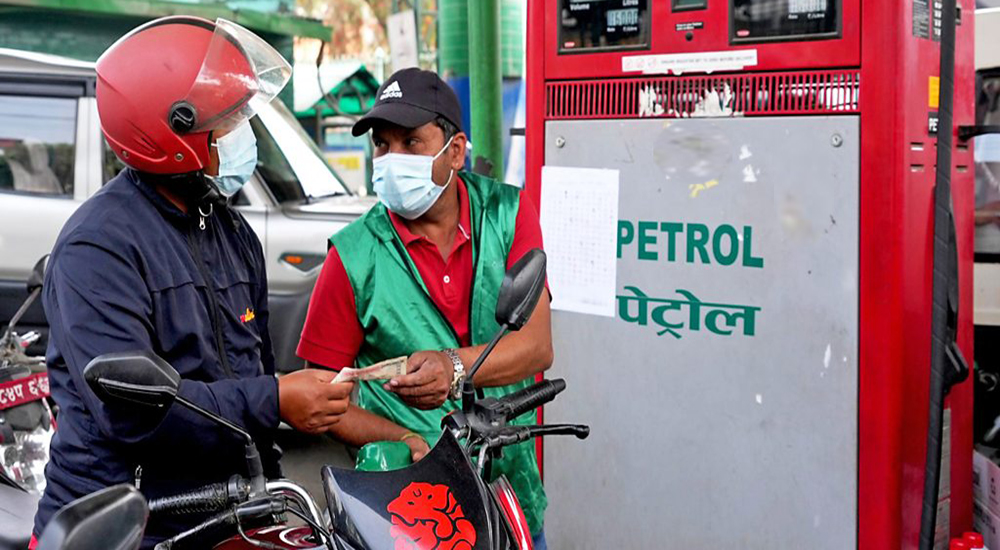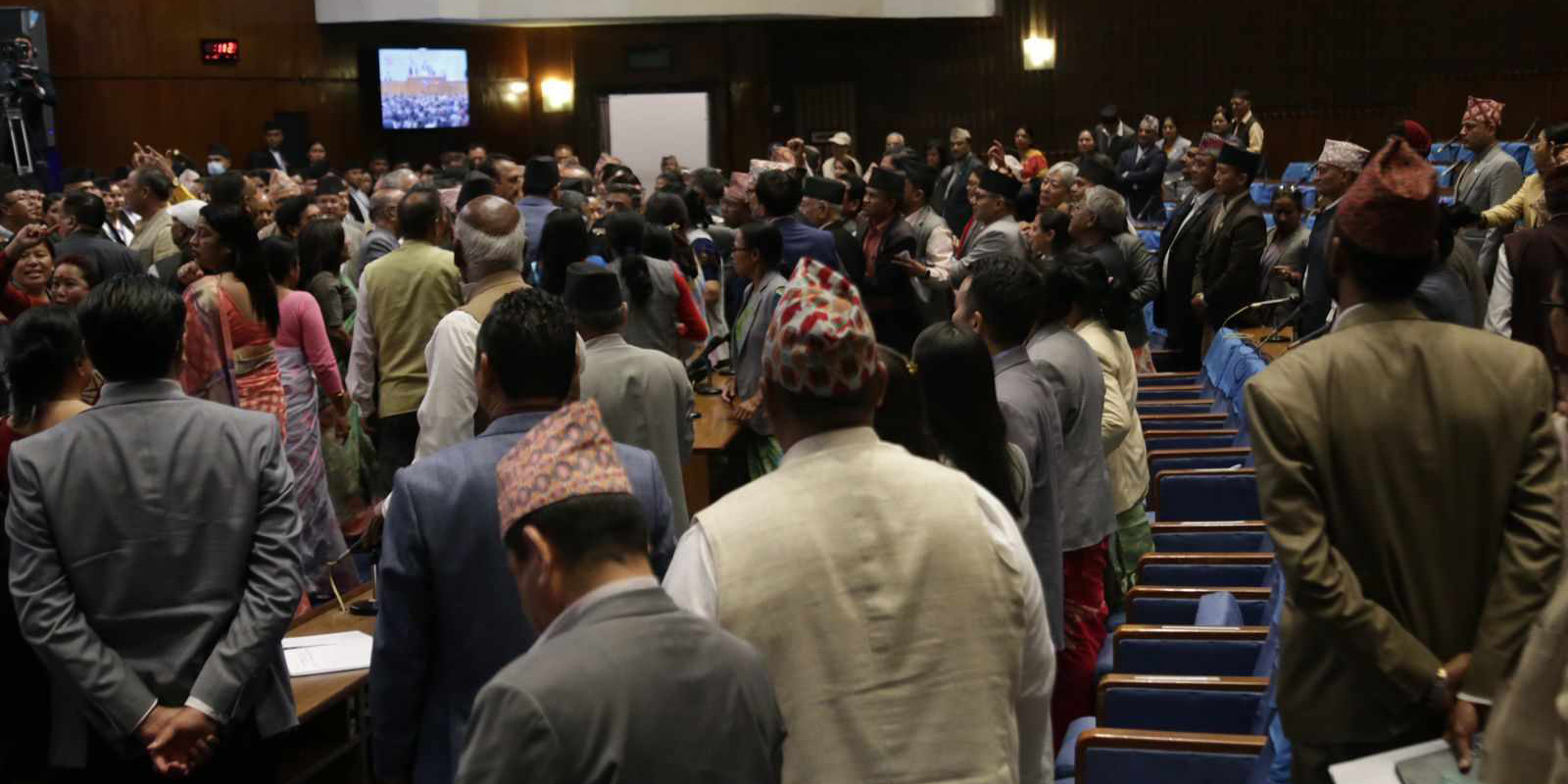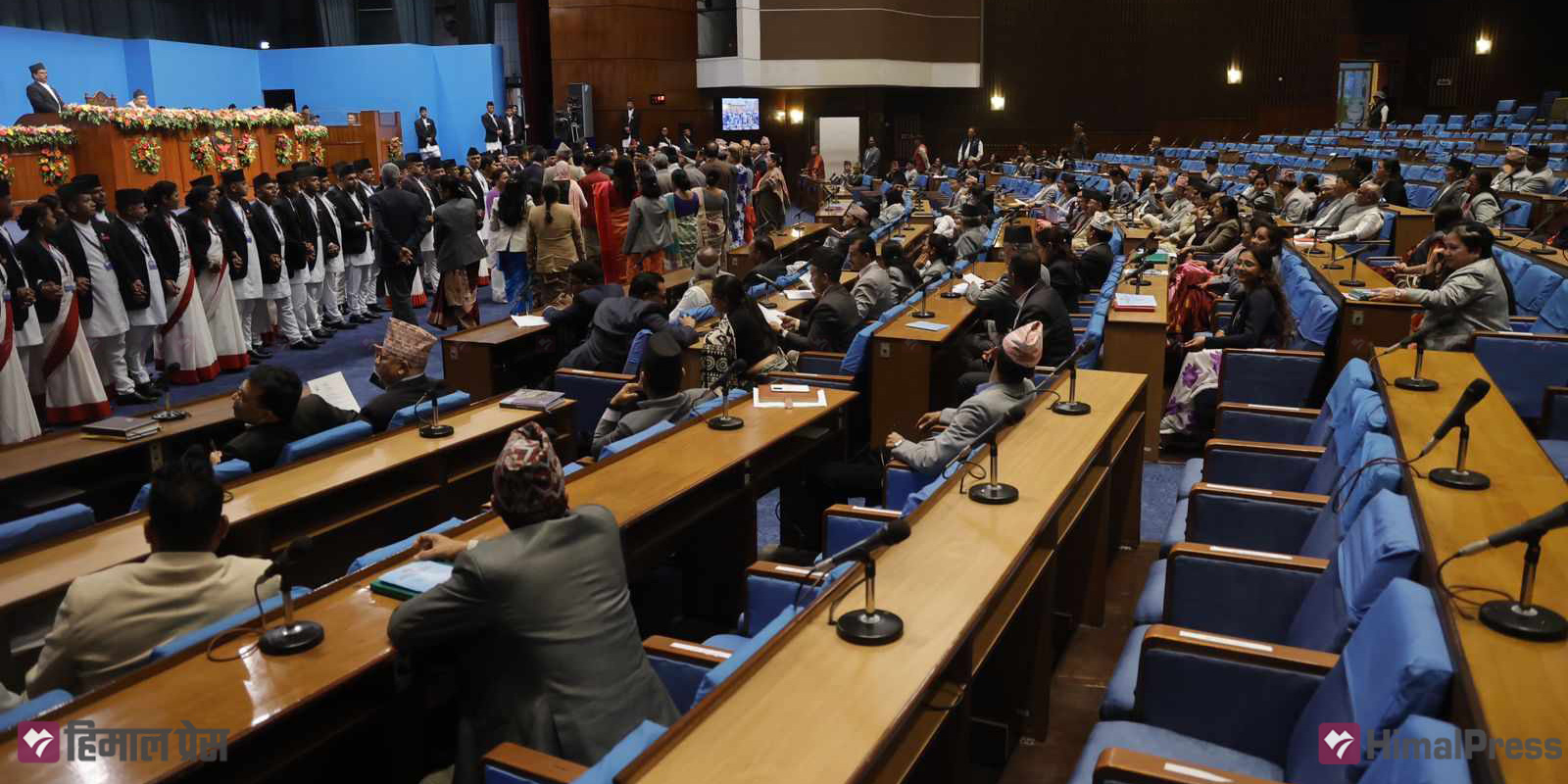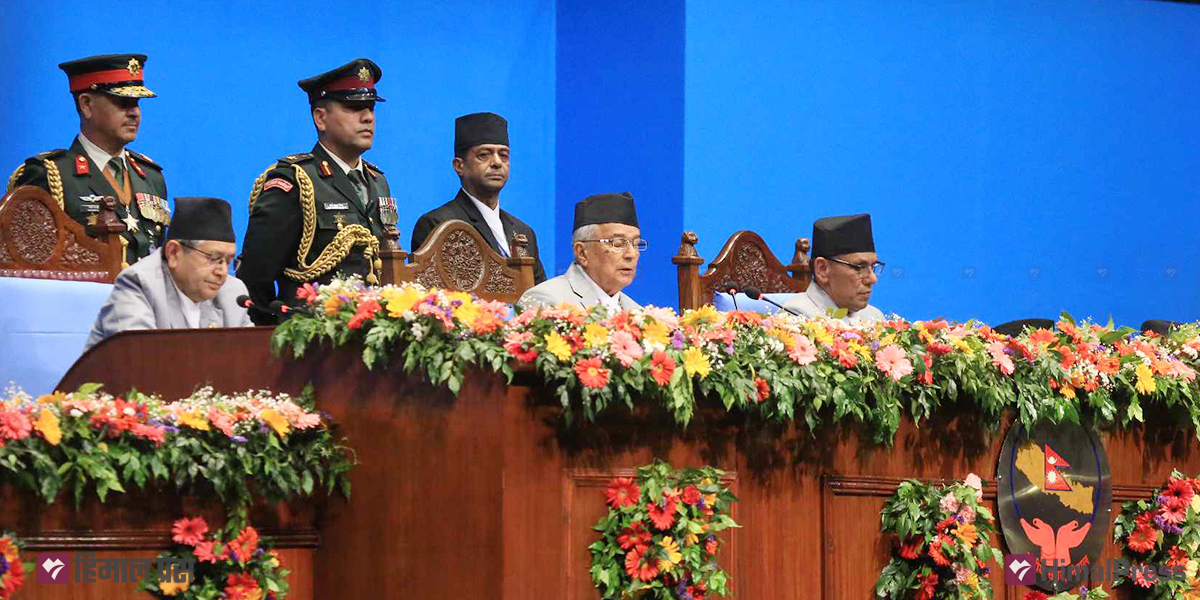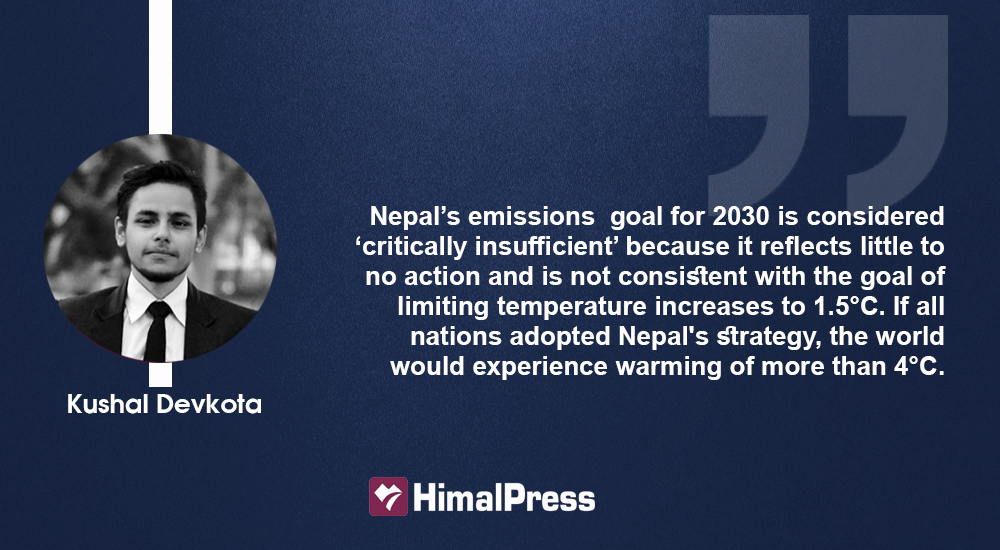
By Kushal Devkota
Nepal has submitted its revised Nationally Determined Contribution (NDC) and approved several initiatives as part of its national vision and goals for achieving net-zero emissions in line with the Paris agreement. The vision of the developing country becomes an exciting avenue when emission reduction strategies are segmented by sector and realistic forecasts are used. However, since execution accounts for the majority of the mission’s result-oriented component, efforts in this area appear weak and insufficient. Further, it relies heavily on support from the international community, including funding, technical know-how, and technological configuration.
Net zero refers to reducing greenhouse gas emissions as close to zero as is practical and having any remaining emissions absorbed by natural processes such as oceans and forests. However, global emissions are not decreasing quickly enough to keep temperature increases to 1.5°C, according to a recent UN estimate. By 2030, emissions are expected to increase by around 11% instead of decreasing by 45% as originally intended. In order to achieve the goal of net zero emissions by 2050, the International Energy Agency (IEA) estimates that investments in clean energy must triple by 2030. Currently, only about 11% of the world’s energy is renewable, while fossil fuels still provide 80% of the base load.
Nepal has not made significant progress in developing renewable energy sources due to its reliance on traditional sources such as firewood, livestock manure, and petroleum. This is especially burdensome for rural households, who spend more than a third of their income on energy costs. As the demand for energy for various purposes, including power generation, heating, and lighting, increases with population and urbanization, the energy sector is a major contributor to greenhouse gas emissions in Nepal. However, there is significant potential for clean energy in Nepal, as hydroelectric power currently accounts for about two-thirds of the country’s total energy production.
Although many organizations and countries have made progress towards achieving net zero emissions, Nepal, a developing South Asian nation, is lagging behind in several areas that may prevent it from fully realizing its potential in the pursuit of net zero. This article will focus on the following major restraints:
Financial limitations can be a major obstacle to a nation’s ability to transition to a net zero energy system. This transition often requires significant investments in infrastructure improvements, renewable energy sources, and energy efficiency measures. For example, upgrading building envelopes, installing solar or wind energy systems, and replacing fossil fuel-based heating and cooling systems with electric or renewable alternatives all require financial resources. As a developing nation with a per capita income lower than the global average, Nepal may have difficulty securing the necessary funds for these investments, which may also have ongoing maintenance and operational costs. In addition, other competing priorities and urgent demands may make it challenging for Nepal to allocate resources towards the transition to a net zero energy system.
As a developing country, Nepal may not have the necessary expertise or technical capacity to implement and maintain new technologies and infrastructure, and may face challenges in securing funding for technological upgrades due to a lack of financial resources and external funding.
Limited access to renewable energy sources and infrastructure issues can also be obstacles to a nation’s transition to a net zero energy system. Nepal has the potential to develop renewable energy sources, particularly in the areas of hydropower, solar power, and wind power. However, its hilly terrain and poor infrastructure may make it difficult to access and utilize these resources. The challenging terrain could hinder the development of transmission lines and the installation of renewable energy infrastructure, and the limited infrastructure, particularly in rural areas, may make it difficult to transport, install, and maintain equipment.
Dependence on fossil fuels can be a barrier to transitioning to a net zero energy system when a nation relies heavily on non-renewable energy sources like coal, oil, and natural gas. Nepal currently relies heavily on fossil fuels to meet its energy needs, and transitioning away from these energy sources will require significant changes to its energy infrastructure. This can be challenging due to the cost and complexity of switching to a new energy system, a lack of infrastructure and technology to support the use of renewable energy sources, the need for changes to legislation and policies, and a lack of political will. In a developing nation like Nepal, replacing fossil fuel-dependent infrastructure may be costly and may not be economically feasible. There may also be a lack of infrastructure to support the deployment of renewable energy sources at the necessary scale to meet energy needs.
Achieving net zero emissions requires strong political will and policy support at the national level to ensure that necessary actions are taken to reduce greenhouse gas emissions and transition to a low-carbon energy system. Political will refers to the willingness of politicians and policymakers to take action on an issue, and in the case of net zero, this may involve implementing policies and regulations that support the transition and allocating resources and funding for related initiatives. Policy support refers to the development and implementation of policies and regulations that support the transition to net zero, such as those related to energy efficiency, renewable energy, and carbon pricing. In Nepal, the complex political landscape may pose challenges in securing the necessary political will and policy support for net zero initiatives due to competing political priorities, resistance to change, and a lack of understanding of the benefits of transitioning to a net zero energy system.
Technological hurdles can also be obstacles to a nation’s transition to a net zero energy system. In Nepal, these challenges may include the cost of implementing new technologies, a lack of expertise and technical capacity to adopt and maintain new technologies, and difficulties in accessing funding for technological upgrades. The transition to a net zero energy system may require investments in energy efficiency measures, renewable energy sources, and infrastructure upgrades, which can be expensive. As a developing country, Nepal may not have the financial resources to make these investments without external support. Additionally, the country may not have the necessary expertise or technical capacity to implement and maintain new technologies and infrastructure, and may face challenges in securing funding for technological upgrades due to a lack of financial resources and external funding.
According to the Long-term Strategy for Net-zero Emissions submitted by the Government of Nepal in October 2021, Nepal’s total carbon dioxide (CO2) emissions in 2019 were 23 million metric tons (mMtCO2). Under the baseline scenario, these emissions are projected to increase to 34 mMtCO2 in 2030 and 79 mMtCO2 in 2050. In 2019, the energy sector accounted for 54% of CO2 emissions, while non-energy emissions accounted for 46%. Under the reference scenario, non-energy emissions are projected to account for 32% of all emissions by 2050. Estimates show that Land Use, Land Use Change, and Forestry (LULUCF) CO2 emissions were 8 mMtCO2 in 2019 and are expected to increase to 17 mMtCO2 by 2050.
Nepal will need to reduce its emissions to below 102 million metric tons of CO2 equivalent (MtCO2e) by 2030 and below 128 MtCO2e by 2050 to be within its emissions allowances under a ‘fair-share’ range that is compatible with a global pathway to limit warming to 1.5°C. However, the Climate Action Tracker (CAT) rates Nepal’s updated, conditional Nationally Determined Contribution (NDC) as only compatible with a 2°C temperature increase due to its conditionality. In both industrialized and developing countries, renewable energy technologies (RETs) have gained popularity as a way to adapt to climate change while reducing greenhouse gas emissions. For individuals who rely on natural resources for energy, renewable energy sources such as solar, wind, hydro, tidal, ocean waves, and geothermal energy offer an alternative to conventional energy and are a key adaptation strategy.
Nepal’s conditional aim for reducing emissions has been rated as critically lacking. The Nepali goal for 2030, which is supported globally, is considered “critically insufficient” because it reflects little to no action and is not consistent with the goal of limiting temperature increases to 1.5°C. If all nations adopted Nepal’s strategy, the world would experience warming of more than 4°C.
Progress towards a sustainable energy future is already slow, and further commitments to ambitious targets, combined with technological hurdles, inconsistent political will, and a lack of intervention by national organizations, may not be enough to achieve the goal of net zero emissions. Bold and immediate steps are needed to reduce emissions, including significant investment in infrastructure and technology, and the adoption of policies and practices that support the transition to a low-carbon economy. Without these actions, it is unlikely that the goal of net zero emissions will be achieved.
(The author is an Energy Technologist & Mechanical Engineer)

 Himal Press
Himal Press 
